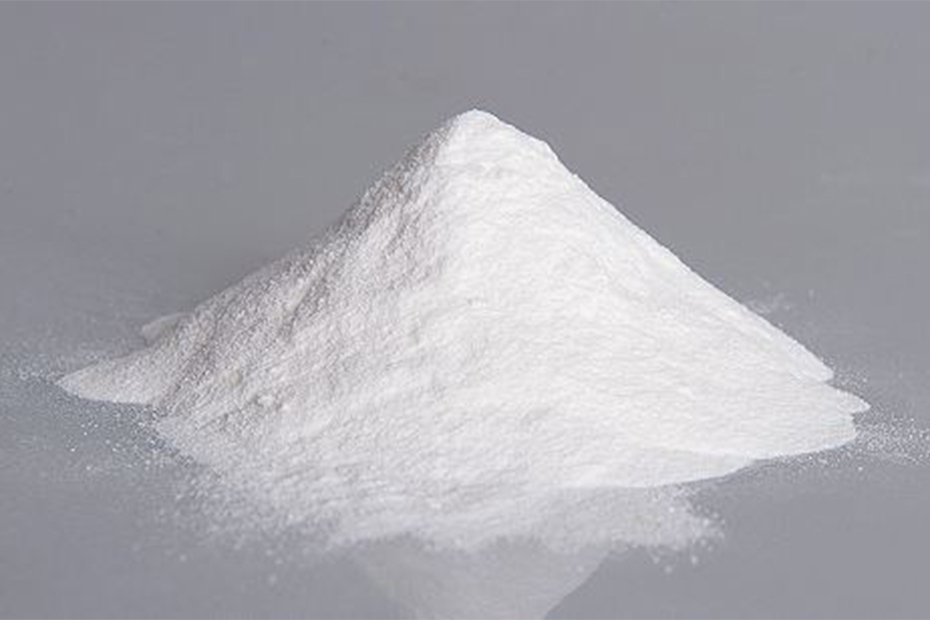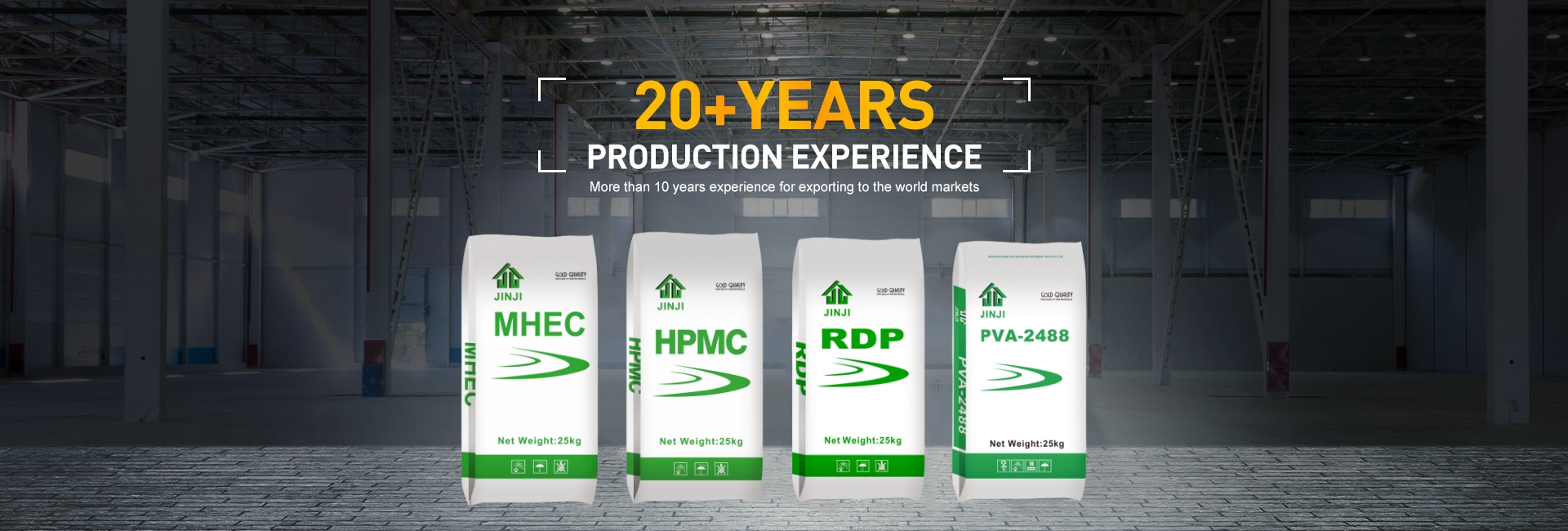In the world of chemicals, there are many compounds that have similar properties but differ in their applications. One example is hydroxypropyl methylcellulose (HPMC) and hydroxyethyl cellulose (HEC). These two cellulose derivatives are widely used in various industries, but understanding their unique properties is critical to selecting the appropriate derivative for a specific application.
Hydroxypropyl methylcellulose, commonly known as HPMC, is a synthetic derivative of cellulose. It is obtained by treating natural cellulose with propylene oxide and methyl chloride, and introducing hydroxypropyl and methyl groups respectively. This modification enhances the water solubility of cellulose and improves its overall properties. On the other hand, hydroxyethyl cellulose (HEC) is also a cellulose derivative obtained by the reaction of natural cellulose and ethylene oxide. The introduction of hydroxyethyl groups results in increased water solubility and thickening properties.
One of the main differences between HPMC and HEC is their application areas. HPMC has a wide range of uses in the construction industry. It is widely used as a thickener in cement-based products such as tile adhesives, dry mix mortars and self-leveling compounds. Due to its water-retaining properties, HPMC improves the workability, adhesion and durability of these building materials. In addition, HPMC is used as a film-forming agent in coatings and paints, providing excellent water resistance and gloss.

HEC, on the other hand, is primarily used in personal care and cosmetics. It is used as a thickener, emulsifier and stabilizer in creams, lotions, shampoos and other beauty products. HEC enhances the viscosity of these formulas, resulting in better texture, spreadability and overall product performance. Its film-forming abilities also make it an ideal ingredient in hair gels and mousses, providing long-lasting hold without stickiness.
Another significant difference is the viscosity range of these compounds. HPMC generally has a higher viscosity than HEC. This viscosity difference makes HEC more suitable for applications requiring low to moderate thickening performance. HEC provides excellent stability and flow control in liquid formulations, ensuring even distribution of active ingredients. HPMC's higher viscosity, on the other hand, makes it suitable for applications requiring moderate to high thickening, such as construction materials.
In addition, HPMC and HEC differ in their compatibility with other chemical ingredients. HPMC has excellent compatibility with a wide range of additives and good tolerance to salts and surfactants, making it versatile in a variety of formulations. HEC, while generally compatible with most ingredients, may have some compatibility issues with certain salts, acids, and surfactants. Therefore, when choosing between HPMC and HEC, it is important to consider the compatibility requirements of a specific formulation.
In summary, HPMC and HEC, as cellulose derivatives, have their unique properties and applications. Understanding the differences between these compounds is critical to selecting the appropriate compound for a specific application. HPMC is widely used in the construction industry as a thickener and film-forming agent, while HEC is mainly used in personal care products as a thickener and stabilizer. By considering viscosity requirements and compatibility with other ingredients, the most suitable cellulose derivative can be selected, ensuring optimal performance and desired results in the final product.
Thanks for your cooperation with JINJI CHEMICAL.
Post time: Nov-14-2023

